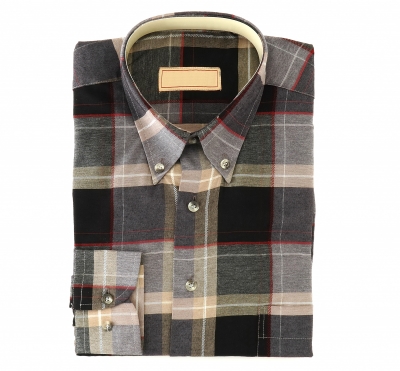
Many of today’s wholesalers and off-price apparel retailers offer in-season or close-to-in-season merchandise at deeply discounted prices. But how do they manage it?
Much of that competitive advantage comes from the retailers’ supply chains, which supply off-price retailers with specifically sourced goods in carefully selected quantities. And, in fact, those off-price retailers’ numbers are growing at rates unsurpassed by any other retail segment, save for online.
Shoppers’ love of a good bargain is one of the main strengths of the off-price market. In fact, that strong growth is part of a two-pronged strategy that has revolutionized the industry.
In response to the growth spurt, many larger retail brands tightened their supply lines, leaving less excess inventory for the off-price sector– leaving the discount stores less to sell. This led to off-price retailers modifying their strategy: now, they not only buy excess goods, but also commit ahead of time to purchasing product from manufacturers.
This business model more closely reflects the standardized model of full-price retailers, as stores can now more adequately plan their inventory, instead of receiving random, unplanned shipments of product. Additionally, these retailers now offer leaner inventory, which is supplied by efficient distribution centers.
When starting your own retail business, it’s important to look to the success of the off-price model for lessons. Stock as much inventory as you need, but keep it as lean as possible– and make sure you have a smart supply chain in place so you can purchase wholesale t-shirts at reasonable prices. Purchasing both excess goods and product you’ve committed to buying from manufacturers is a great way to keep costs low while stocking great wares on your shelves.
